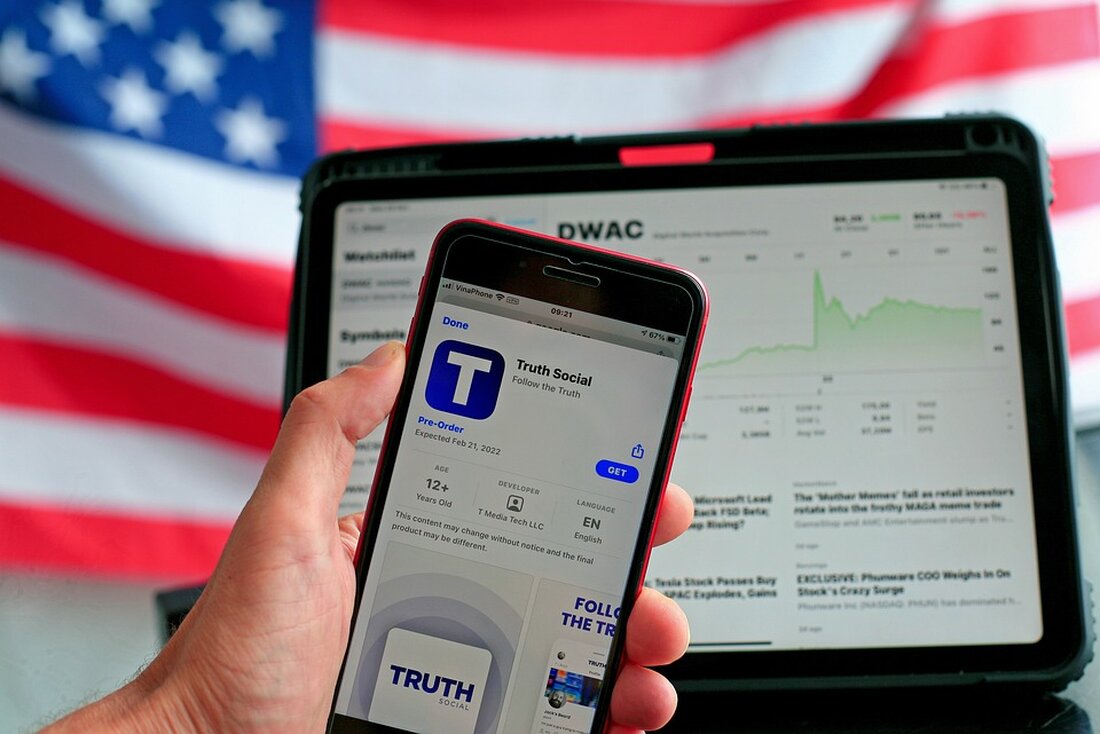IPOs and the mechanics of going public
IPOs and the mechanics of going public An initial public offering (IPO) is a significant milestone for a company. The stock market is used to expose the company to investors and build capital. This article will take a closer look at the mechanics of an IPO and answer frequently asked questions about IPOs. What is an IPO? An IPO refers to the process by which a private company decides to use the stock market to sell shares to the public. This process allows companies to generate additional capital for growth projects, debt repayment or other needs. Through the IPO...

IPOs and the mechanics of going public
IPOs and the mechanics of going public
An Initial Public Offering (IPO) is a significant milestone for a company. The stock market is used to expose the company to investors and build capital. This article will take a closer look at the mechanics of an IPO and answer frequently asked questions about IPOs.
What is an IPO?
An IPO refers to the process by which a private company decides to use the stock market to sell shares to the public. This process allows companies to generate additional capital for growth projects, debt repayment or other needs.
An IPO typically transforms the company from a private company to a public company. This means that due to its share listing, the company is now subject to certain rules and regulations set by the stock exchange operators.
The process of an IPO
Step 1: Preparation
Before a company initiates its IPO, it must go through a thorough preparation phase. This includes selecting a business advisor or investment bank to assist with the IPO. A due diligence check is carried out together with the advisor to ensure that the company is suitable for the IPO.
During the preparation, a prospectus is also prepared, which provides potential investors with detailed information about the company. This prospectus contains, among other things, information about the company's business model, finances and risk factors.
Step 2: Roadshow
After completing the preparation phase, the company starts a roadshow. It presents its shares and business model to potential investors. This roadshow can take place both nationally and internationally and usually lasts several weeks.
During the roadshow, investors have the opportunity to ask questions and gain in-depth insights into the company. Based on the roadshow, the company receives feedback and can set the offer price for the shares.
Step 3: Book building
After the roadshow has ended, a bookbuilding process will be started. Investors are invited to place their bids for the shares. The orders are collected and the final offer price is set based on demand.
Step 4: Pricing and allocation of shares
When the bookbuilding is completed, the shares are priced. Typically, the offering price is set at the upper end of the price range to ensure that the company generates the highest possible revenue. The shares are then allocated to investors.
Step 5: Listing on the stock exchange
After the shares have been allocated and the offer price has been determined, the shares are listed and traded on the stock exchange. Listing allows investors to buy and sell their shares. The company now has access to investors' capital, which can be used for growth and expansion.
Frequently asked questions
What are the advantages of an IPO?
An IPO offers companies several advantages. On the one hand, it provides access to additional capital that can be used for growth projects or paying off debts. In addition, an IPO improves the company's visibility and reputation and creates trust among customers and business partners.
What risks are associated with an IPO?
An IPO also carries risks. Stock prices can be volatile and are subject to market forces of supply and demand. In addition, as a listed company, the company is subject to certain reporting and disclosure obligations, which may cause additional effort and costs. There is also the risk of a hostile takeover as the company becomes accessible to everyone.
What happens to the founders and existing shareholders after the IPO?
After the IPO, the founders and existing shareholders usually have the option to keep or partially sell their shares. The exact percentage depends on your individual decisions and agreements. It is common for the founders and existing shareholders to have a lock-up period during which they are not allowed to sell their shares to ensure investor confidence.
Conclusion
An IPO is a significant step for a company to generate capital and provide access to public financial markets. The process of an IPO includes steps such as preparation, roadshow, book building, pricing and allocation of shares as well as listing on the stock exchange. It is important to consider the potential benefits and risks of an IPO in order to make informed decisions and take advantage of the opportunities it presents.

 Suche
Suche
 Mein Konto
Mein Konto
